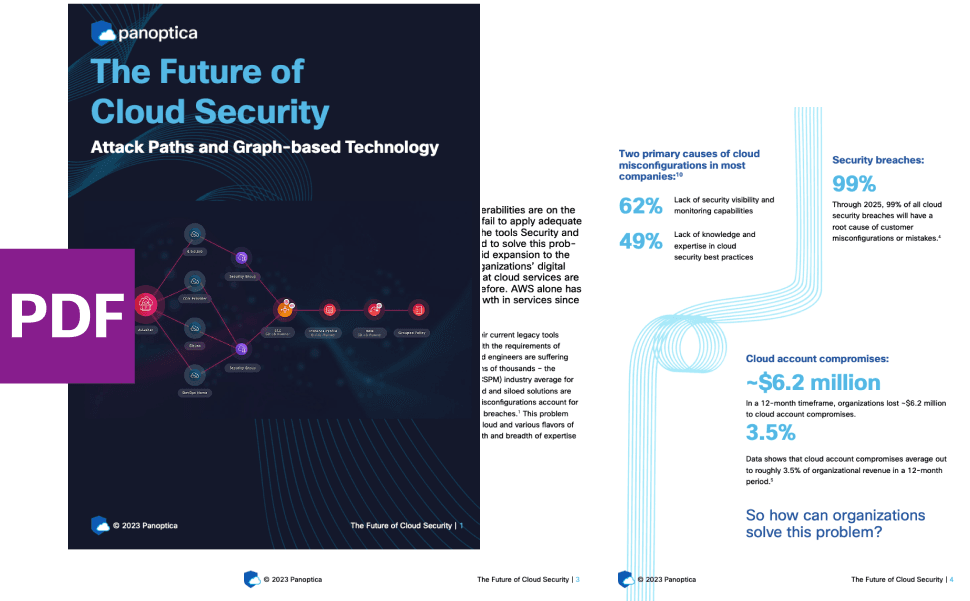In 1960s, the ARPANET project, a US-wide network of communicating computers, laid the foundation for today’s Internet. Now billions of computers, handheld devices, and sensors of different types are communicating and exchanging digital bits of information. Going forward, the next frontier of communication is about not just transferring digital bits but also quantum bits of information. Quantum bits or qubits can be stored in photons and travel over an optical fiber or in free space between satellites. This has led to the birth of quantum networks or in its global form, the Quantum Internet.
Quantum networking, an area of active research, is one of the three pillars of quantum technologies along with quantum computing and quantum sensing. The emergence of the Quantum Internet can enable several new applications. For instance, we can develop new cryptography systems for cybersecurity over the Quantum Internet for securing classical communication protocols (e.g., RSA) against advances in quantum computing that can break them. This application is commonly referred to as quantum cryptography. Another example of a Quantum Internet application is privacy preserving quantum computing, aka blind computing, where a user can remotely access a quantum computer to run a calculation while the calculation itself remains hidden to the quantum computer provider. For instance, a pharmaceutical company can design a drug molecule privately on a quantum computer without sharing the drug formula. These applications bring commercial value and justify developing quantum networking technology, which is an area of active research and development at Cisco Quantum Lab.
Next Generation Internet Infrastructure
Quantum networking has been an area of academic research since the 1990s with early demonstration of quantum teleportation and quantum key distribution (QKD). In recent years, with the boom in investment in quantum technologies, realizing the Quantum Internet has become a global mission. Various regional players are already showcasing their technological progress in this direction, and we expect many domestic and international projects in the coming years. We are now with Quantum Internet where we were with the classical Internet in the 1960s. While the current efforts are largely around proof-of-concept experiments for the sub-technologies (photon source, quantum memory, synchronization), it is important for us to start thinking about the design of large-scale networks. Toward this goal we ask the following questions:
- Will the Quantum Internet have its own infrastructure completely separated from the current Internet?
- How can we design a network that can serve thousands and eventually millions of end nodes?
In
a new paper, we seek to provide an answer to these questions by introducing the concept of a hybrid classical-quantum packet for quantum networking. Specifically, similar to classical data packets, our new proposed hybrid packet consists of quantum information encoded in the form of, for instance, a group of traveling photons, that is tagged with classical information required by the traditional network for host-to-host routing and delivery. We call this approach quantum transparency, namely, the future Internet should be completely transparent to the nature of the payload (quantum or classical).
How do we enable quantum transparency? The key observation we make is that almost all transport media for classical communications also support quantum communications. A major part of the existing and emerging Internet infrastructure is based on optical fibers and laser-based satellite communication, both of which support quantum communications already. Even emerging technologies such as Terahertz also support both classical and quantum free-space communication. Therefore, it makes sense to invest in a unified future Internet architecture that can simultaneously serve both classical and quantum communications, rather than rely on separate networks for them. In this future Internet, we envision that we integrate not just the physical transport media, but also the Internet protocols that need to be re-defined to become independent of the nature of payload to enable quantum transparency.
How can we design a scalable quantum transparent network? In our paper, we propose packet-switching as a scalable approach to realizing quantum transparency. Once the unified Internet can start supporting hybrid quantum-classical packets, we can leverage all the foundational protocols (e.g., TCP/IP) and architectural principles (packet-switching instead of circuit switching) that we have used to building scalable classical networks to realize this goal.
Of course, a lot of challenges remain to be solved. Realizing the Quantum Internet requires the development of converged hardware technology and standardization. One possible early integration of the classical and Quantum Internet could be achieved as part of the plan for 6G telecommunication systems, which are currently in the process of being defined. We therefore invite the research community working on optical networking to include quantum transparency as part of the 6G roadmap.
To learn more, check our
paper.





